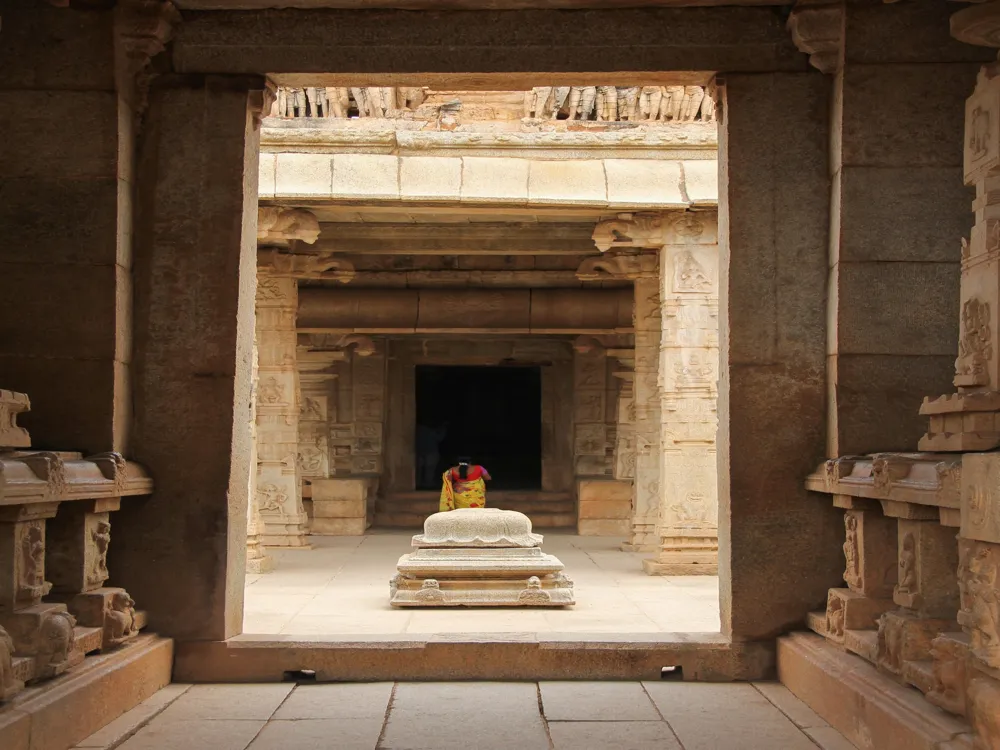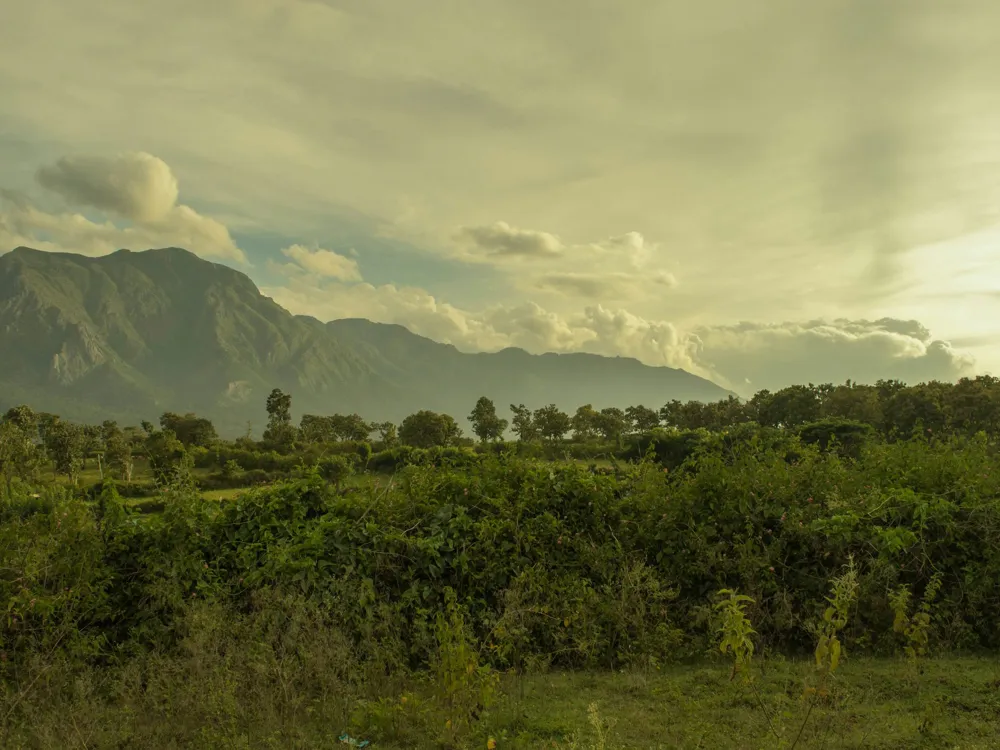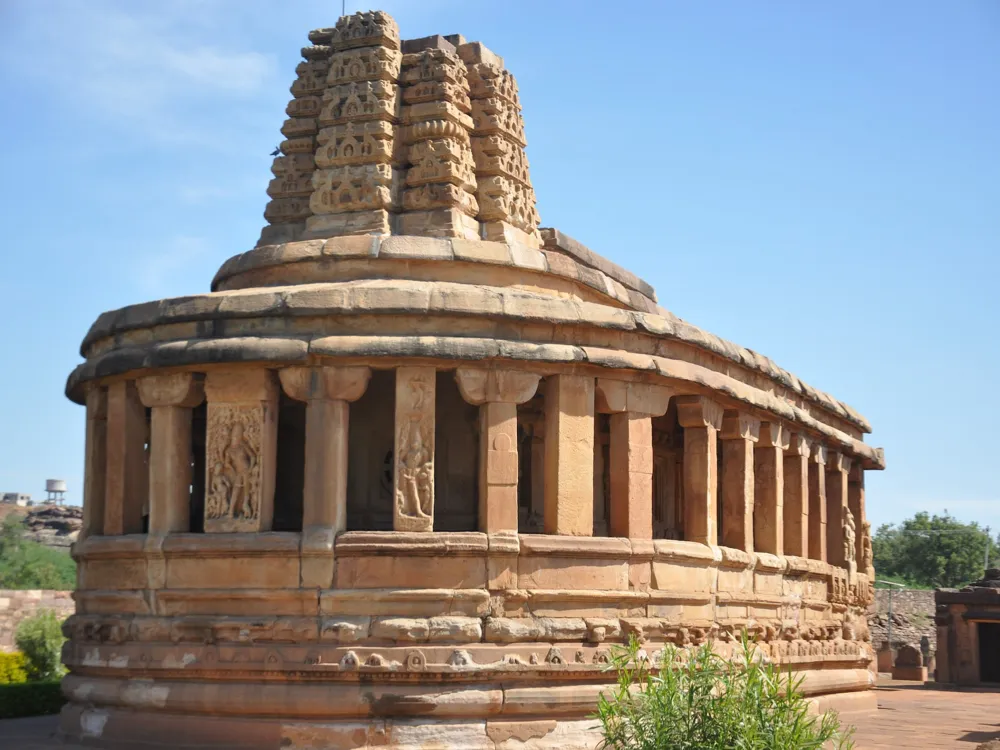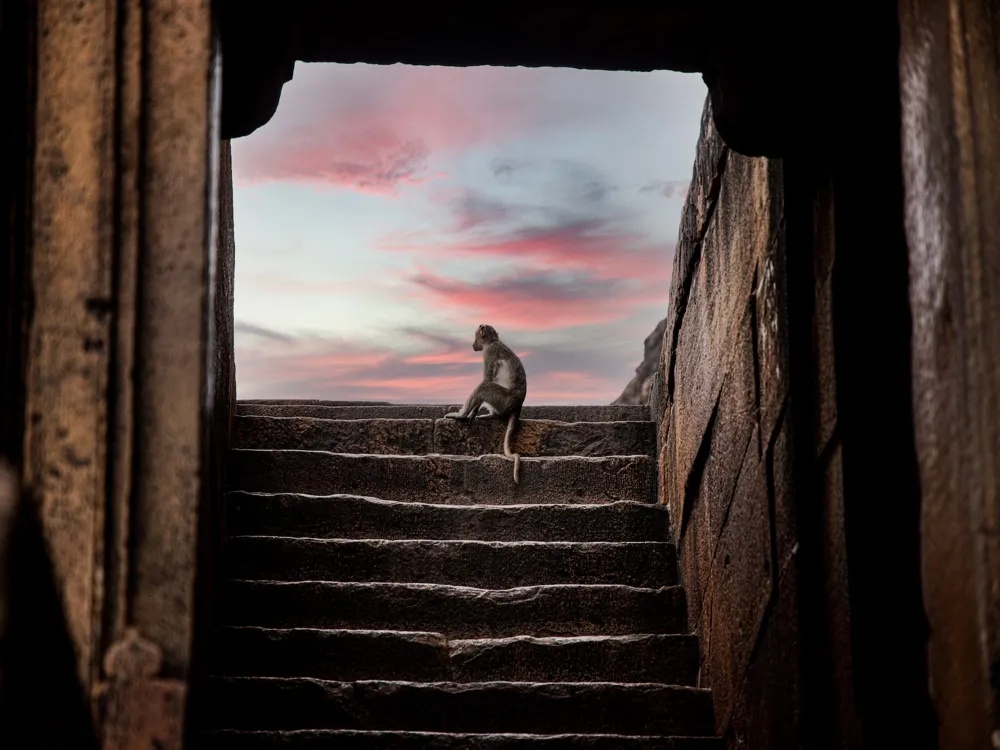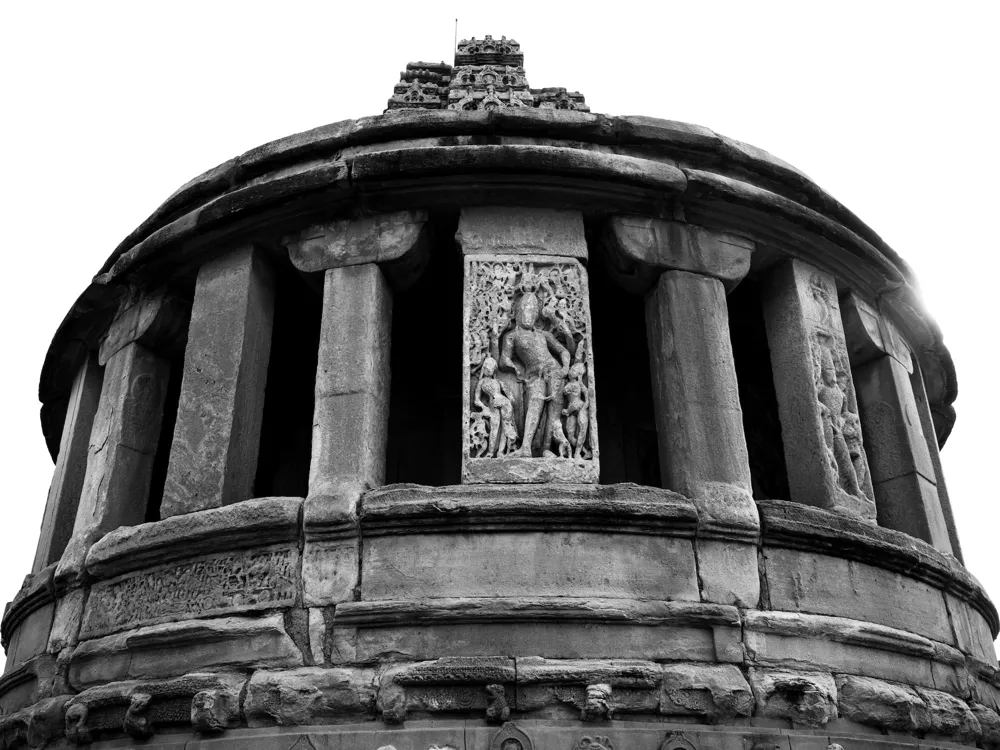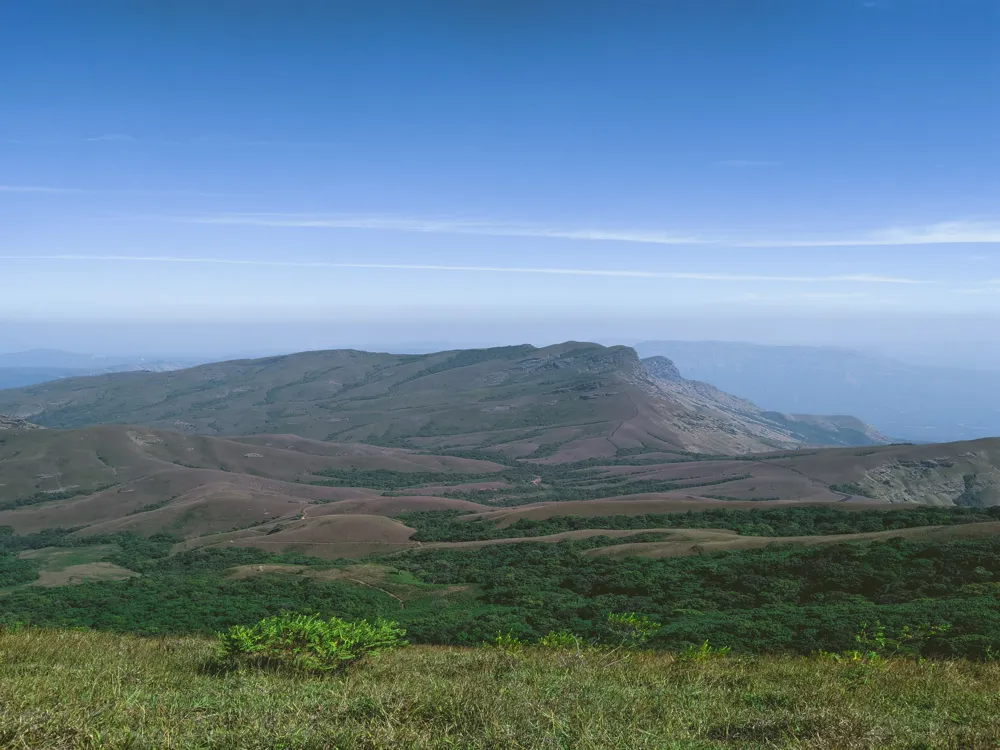Hampi, a UNESCO World Heritage Site located in Karnataka, India, is a remarkable historical destination that attracts thousands of visitors each year. Known for its striking ruins of the Vijayanagara Empire, Hampi sits on the banks of the Tungabhadra River, presenting an intriguing blend of history, culture, and stunning landscapes. The city was one of the richest and largest in the world during the 15th and 16th centuries. Its boulder-strewn hills and the ruins of ancient palaces, temples, and market streets narrate the story of a prosperous past. Hampi was not only a political capital but also a significant religious center. The architectural grandeur and historical significance of Hampi make it a must-visit destination for history enthusiasts, photographers, and travelers alike. The architecture of Hampi is a testament to the artistic excellence and advanced engineering skills of the Vijayanagara Empire. The city's ruins are spread over an area of about 26 square kilometers and include more than 1,600 surviving remains of the last Hindu kingdom in South India. These ruins encompass forts, riverside features, royal and sacred complexes, temples, shrines, pillared halls, mandapas, memorial structures, water structures, and others. Notable among them is the Virupaksha Temple, an active place of worship and one of Hampi's oldest and most prominent structures. The temple's 160-foot-tall tower at the entrance is particularly impressive. Other significant architectural marvels include the Vittala Temple, known for its extraordinary stone chariot and musical pillars, and the Lotus Mahal, an elegant synthesis of Hindu and Islamic styles. The architectural elements found in Hampi, like carved pillars, monolithic statues, and intricate reliefs, reflect a blend of various styles and influences, underscoring the cosmopolitan nature of the Vijayanagara Empire. The ideal time to visit Hampi is from October to February when the weather is pleasant. This period avoids the intense heat of summer and the heavy rains of the monsoon season. As Hampi has religious sites, visitors are advised to dress modestly. Comfortable walking shoes are a must as the site involves a lot of walking. Preserve the sanctity and integrity of the ruins. Avoid climbing on the fragile structures and respect the cultural significance of the site. Consider hiring a local guide to enrich your experience. They can provide valuable insights into the history and stories behind the ruins. The climate can be hot and dry. Carry water, sunblock, and hats to protect yourself from the sun. Hampi is accessible by various means of transportation. The nearest airport is in Bellary, about 60 kilometers away, with regular flights from major cities. For those preferring train travel, Hospet is the closest railway station, situated about 13 kilometers from Hampi. The region is also well-connected by road, with several buses operating from major cities like Bengaluru, Hyderabad, and Goa. Once in Hampi, one can explore the area by hiring bicycles, scooters, or auto-rickshaws, providing an immersive experience of the local landscape and culture.Overview of Hampi, Karnataka
Architecture of Hampi
Tips When Visiting Hampi
Best Time to Visit
Dress Appropriately
Respect the Ruins
Hire a Guide
Stay Hydrated and Protected
How To Reach Hampi
Hazara Rama Temple
Hampi
Karnataka
NaN onwards
View hampi Packages
Weather :
Tags : Temple
Timings : 6:00 AM - 6:00 PM
Time Required : 1-2 hrs
Entry Fee : No entry fee
Planning a Trip? Ask Your Question
Hampi Travel Packages
View All Packages For Hampi
Top Hotel Collections for Hampi

Private Pool

Luxury Hotels

5-Star Hotels

Pet Friendly
Top Hotels Near Hampi
Other Top Ranking Places In Hampi
View All Places To Visit In hampi
View hampi Packages
Weather :
Tags : Temple
Timings : 6:00 AM - 6:00 PM
Time Required : 1-2 hrs
Entry Fee : No entry fee
Planning a Trip? Ask Your Question
Hampi Travel Packages
View All Packages For Hampi
Top Hotel Collections for Hampi

Private Pool

Luxury Hotels

5-Star Hotels

Pet Friendly








